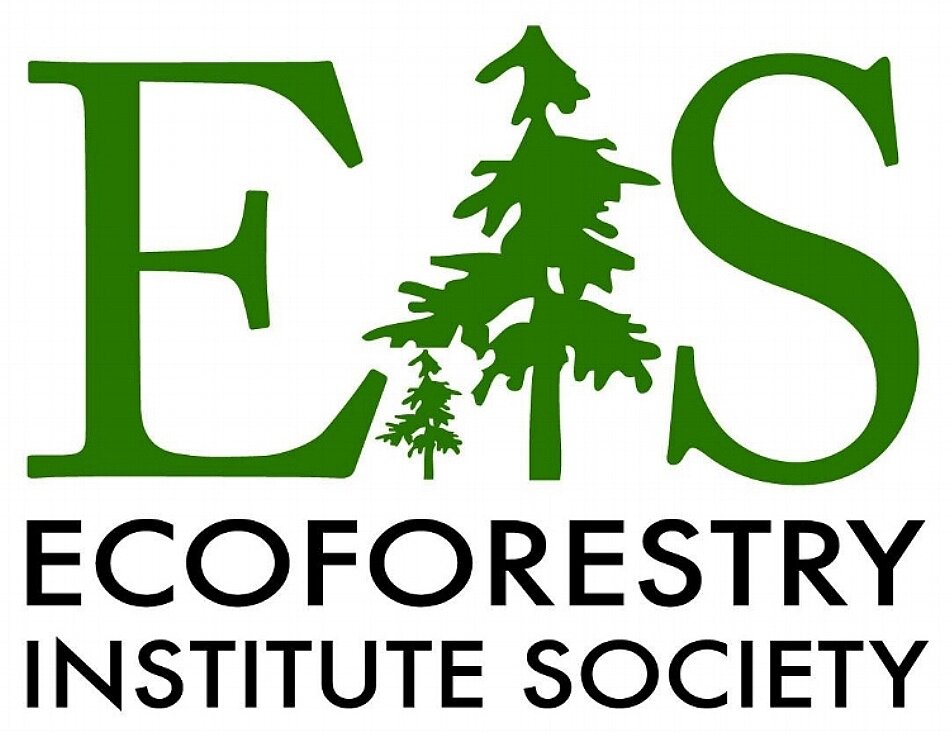The Legacy of Merv Wilkinson
Merv Wilkinson died September 2, 2011
“With this system, your land is never out of production — you’re always growing trees”
Enjoy reading this report about the “Wildwood Tree Farm” published in the 1996 edition of From the Field, written by Bill I’Anson, Barry Snowden, and Peter Bradford of the Silviculture Practices Branch - B.C. Ministry of Forests.
In the beginning…
Merv Wilkinson bought Wildwood in 1938 with the intention of farming the land. To that end, he attended farming classes at the University of British Columbia, but when his professor understood the type of land he had, he persuaded Merv to consider studying a Scandinavian model of ecoforestry. Merv eagerly embraced this new concept and put it into practice beginning in 1945 and over the many decades he owned Wildwood. He walked the land constantly and came to know every tree and habitat. He even wrote that he considered the trees, the deer and the woodpeckers as his friends. He was a keen observer and constantly refined his practices to produce a healthier and more sustainable forest. Merv won many awards for his pioneering work in ecoforestry, including the Order of Canada and the Order of British Columbia.
Merv’s Forest Stewardship Practices
The primary drivers of Merv’s forest management plan were to ensure the overall health, diversity, resilience and sustainability of the forest. He harvested trees from Wildwood approximately once every five years, rather than annually, to reduce the impact on the forest. Trees to be harvested were selected on the basis of the soil, light, and density needs of the forest. Merv also considered the market log prices by species, ensuring he was maximizing the value of each cut.
Over time Merv learned to leave logs and woody debris to decompose on the forest floor, as the logs offer habitat to forest creatures and their decomposition adds nutrients for the future forest. He encouraged birds and other wildlife by leaving snags as “hotels” for cavity nesters, and areas of brush as habitat. Merv never used chemical pesticides at Wildwood; the birds that he encouraged, and the balance he maintained in his forest ecosystems, were his main form of pest control.
He retained some of the large prime trees specifically to serve as sources of seed and always depended on natural regeneration, rather than on growing and planting out tree seedlings plantation-style. He also diversified the products he derived from his forest, and had lumber milled on site that was often used in the local community. He cut Christmas trees in multi-year cycles, and also cut wood fence posts, firewood and other specialty goods.
Never Deplete the Forest
Merv made a practice to never harvest more than the annual growth rate so as to not deplete the forest. He sometimes used an analogy of a bank account to illustrate this forestry principle, noting that if you only draw on the interest of your bank account, you never deplete your savings.
This analogy is helpful, however it does not present a complete picture of ecologically sustainable forestry. For instance, some of the forest growth must also return to the forest floor to decay and build the future forest soil. Thus, over time Merv’s theories and selection methodologies evolved and EIS is proud to continue Merv’s legacy of learning from the forest.
Join Us!
Protecting old growth forests and their ecosystems is rewarding and you’ll enjoy learning from our knowledgeable team at the many workshops and tours.
Volunteer!
Join us at one or several of our work parties to groom trails, remove invasive plants, clear slash after a harvest, or garden in the native plant area around the Homestead. There’s always interesting tasks and you’ll meet a terrific group of people!
Donate Today!
Help us protect Wildwood and provide educational programs about the forest. Your donation can have far reaching effects.

